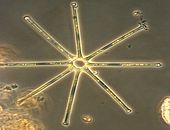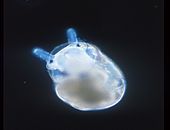Head of the working group
Biogeochemical Processes (BI/BP):
Prof. Dr. Ulf Riebesell
GEOMAR Helmholtz Centre
for Ocean Research Kiel
Seefischmarkt / building 5
Wischhofstrasse 1 - 3
24148 Kiel / Germany
Phone: +49/ (0)431 600-1510
email: uriebesell(at)geomar.de
Administrative Team Assistant/
Office (BI/BP):
Silvana Gagliardi
Phone: +49/ (0)431 600-4445
email: sgagliardi(at)geomar.de





